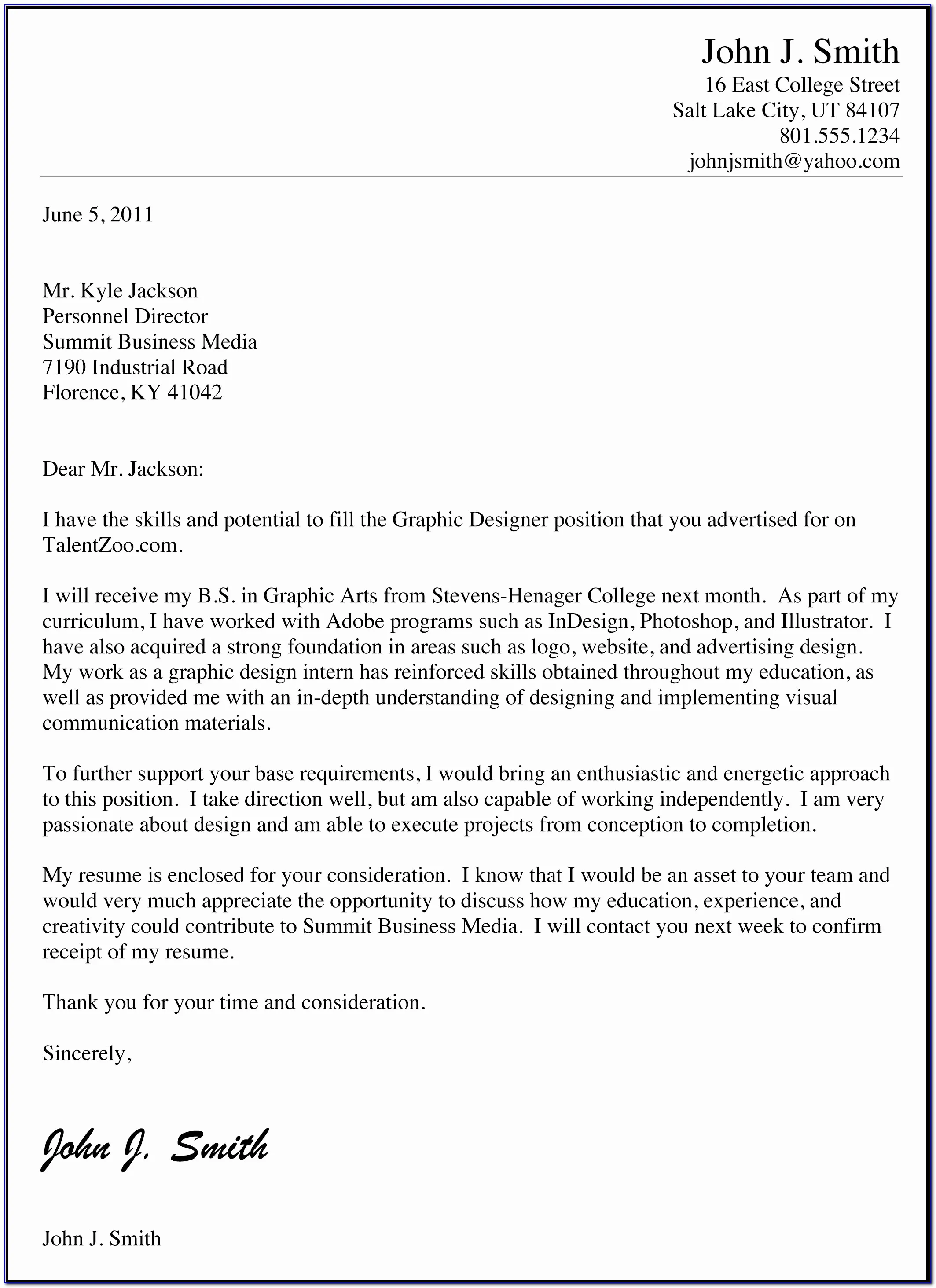Cover Letter Office Templates What You Need
Navigating the job market can feel overwhelming, but a well-crafted cover letter can significantly boost your chances of landing an interview. Using office templates can streamline this process, offering a structured and professional starting point. This guide explores how to harness the power of office templates to create compelling cover letters that get noticed. A cover letter is your first introduction to a potential employer, giving you the opportunity to showcase your skills, experience, and enthusiasm. It’s a chance to go beyond the bullet points of your resume and tell a story that resonates with the hiring manager. This guide is for those who are looking to create a professional cover letter with the help of office templates.
Understanding the Purpose of a Cover Letter
A cover letter serves multiple crucial purposes in your job application. Primarily, it introduces you and your interest in a specific role or company. It provides context to your resume, allowing you to explain how your skills and experiences align with the job requirements. A well-written cover letter highlights your key accomplishments, demonstrating your value to the employer. It’s a chance to express your personality and enthusiasm, setting you apart from other applicants. Moreover, a cover letter can address any potential gaps or inconsistencies in your resume, offering clarity and reassurance to the hiring manager. It also shows your strong writing skills and professionalism.
Why Use a Cover Letter Office Template
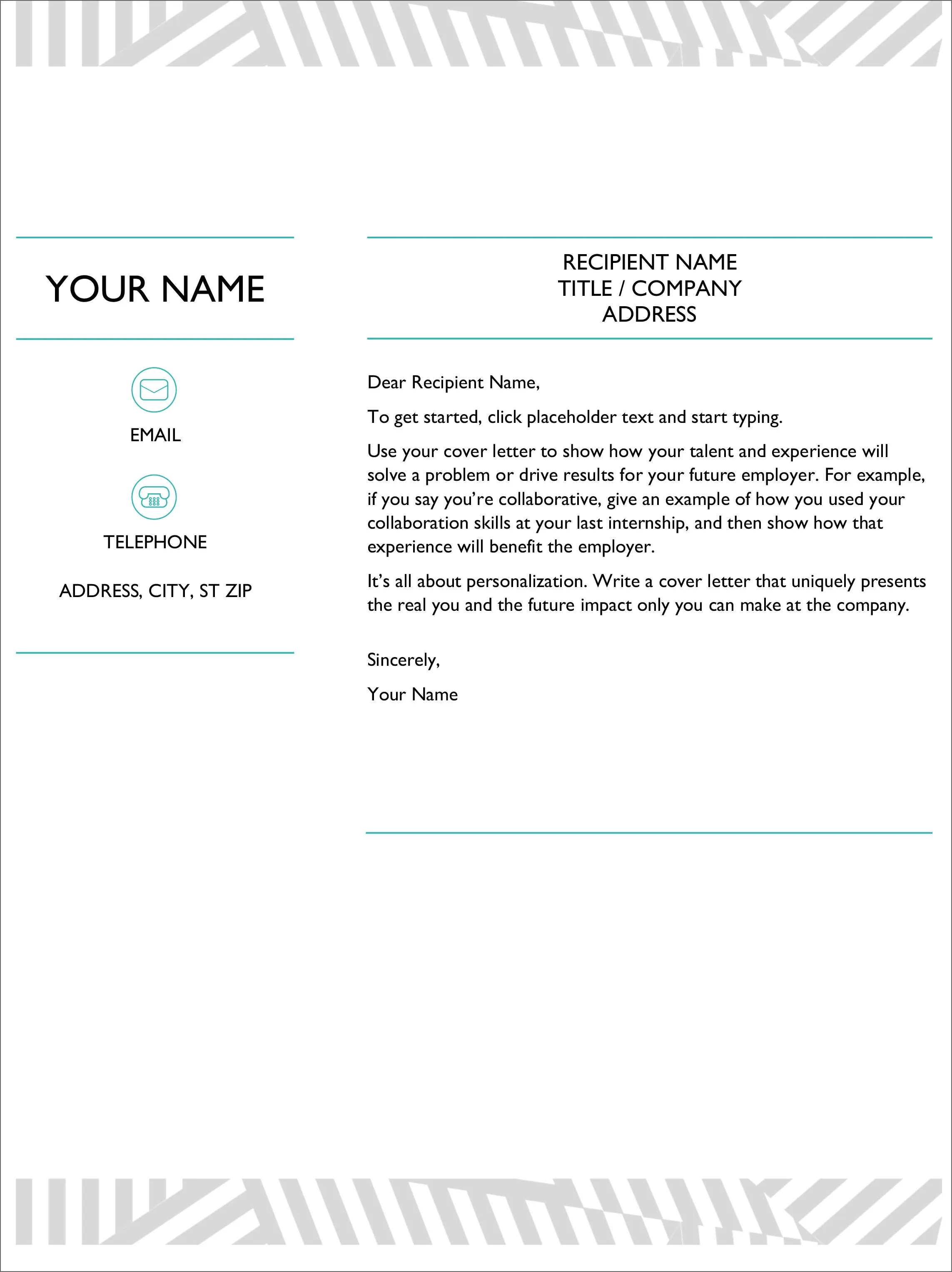
Office templates provide a solid foundation for cover letter writing, saving you time and effort. They offer pre-designed layouts and formatting, ensuring a professional appearance. Templates guide you through the structure and content, helping you organize your thoughts and ideas. They can also inspire you with examples of effective language and phrasing. Using a template ensures consistency in your application, presenting a polished and cohesive image. This means the cover letter has a professional and clean look. Additionally, they cater to different job fields and skill sets, which will help with the cover letter.
Benefits of Using Office Templates
Office templates come with various benefits. Using a template helps save time and reduces the stress of creating a cover letter from scratch. They offer a professional look, as the formatting and layout are already designed by experts. Templates provide a structure to follow, ensuring you cover all essential aspects of the cover letter. They often include examples of effective language and phrasing, which can help you craft a compelling narrative. This will help you showcase your skills and experiences effectively. Furthermore, templates help you tailor your cover letter to different job applications with ease. They will help you with formatting, content, and also save time!
Choosing the Right Office Template
Selecting the appropriate office template is crucial for creating a cover letter that resonates with your target audience. Consider the job you are applying for and choose a template that aligns with the industry and company culture. Look for templates that offer a balance between professional and creative design, reflecting your personality and brand. Ensure the template’s layout is easy to read and visually appealing, enhancing your ability to impress the reader. Also, think about the format and structure of the template, and pick the one that best suits your writing style. If you’re applying for a more traditional role, opt for a classic template. If it’s a creative role, a more modern design may be suitable.
Template Design and Formatting
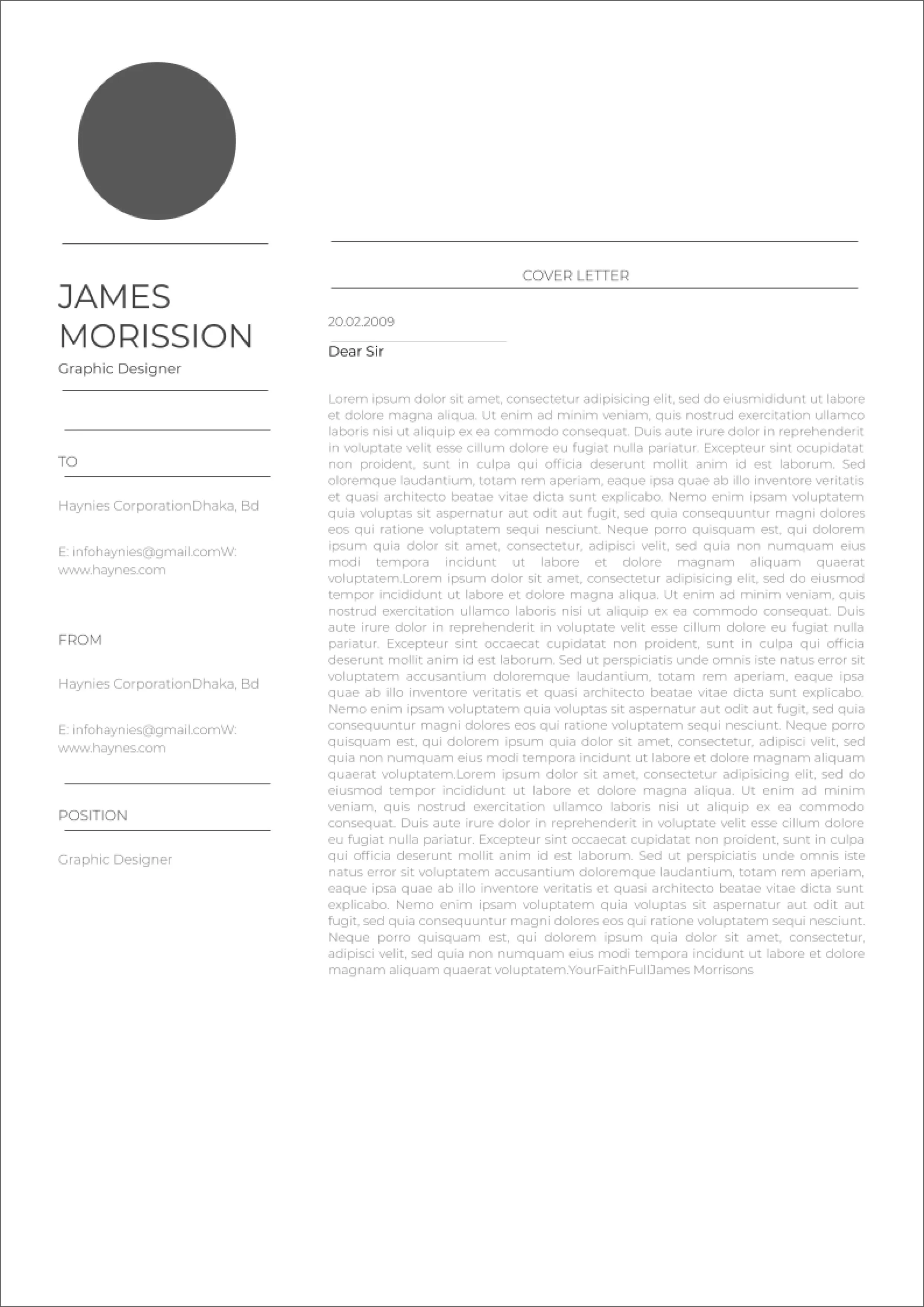
Proper design and formatting of your cover letter template are essential for making a positive first impression. Choose a template with a clean and organized layout that’s easy to navigate. Use clear and readable fonts such as Arial, Calibri, or Times New Roman in an appropriate size (11-12 points). Ensure consistent formatting throughout the document, including consistent margins, line spacing, and paragraph alignment. Make strategic use of white space to enhance readability and prevent the letter from appearing cluttered. Maintain a professional tone through the use of formal language and a concise writing style. Consider using headings and bullet points to break up large blocks of text and highlight key information. Remember, a well-designed cover letter reflects your professionalism and attention to detail.
Fonts and Layout
The choice of fonts and the layout of your cover letter significantly impact its readability and visual appeal. Select a professional font that’s easy to read, such as Arial, Calibri, or Times New Roman. Ensure that the font size is between 11 and 12 points for optimal readability. Use a clean, uncluttered layout with adequate white space to prevent the document from appearing crowded. Keep the margins at a standard 1 inch on all sides to provide a balanced appearance. Break up text with headings and bullet points to organize information logically and make it easier for the reader to scan the letter. The overall layout should be visually appealing, reflecting a sense of professionalism and attention to detail.
Header and Footer Setup
The header and footer of your cover letter play important roles in maintaining professionalism and providing essential information. The header typically includes your name, contact information (phone number, email address, and possibly LinkedIn profile URL), and the date. Ensure this information is consistently formatted and easily accessible. The footer can be used to include the page number if your cover letter spans multiple pages. Avoid adding unnecessary graphics or designs to the header and footer that may distract from the content. Maintaining a consistent style in the header and footer reinforces a professional image, reflecting your commitment to detail and organization.
Writing Compelling Content
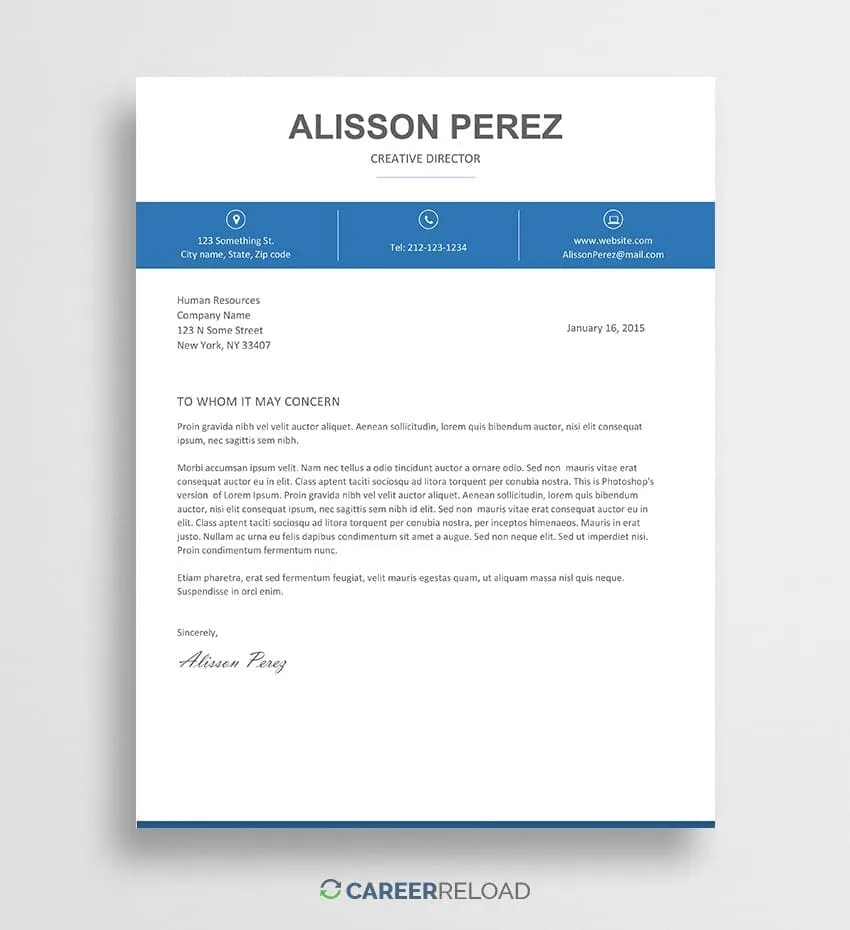
The content of your cover letter is critical for capturing the attention of a potential employer. It should showcase your skills, experience, and enthusiasm, providing a clear and concise narrative. Tailor your cover letter to each job application, highlighting the specific requirements and responsibilities outlined in the job description. Use action verbs to demonstrate your accomplishments and achievements. Quantify your results whenever possible to show the impact you’ve had in previous roles. Ensure your writing style is professional, and free of grammatical errors and typos. The content should be engaging, reflecting your understanding of the company and the position. This will help you in creating a strong impression on the hiring manager.
Opening Paragraph Essentials
The opening paragraph of your cover letter sets the tone and captures the reader’s attention. It should immediately state the purpose of your letter, identifying the specific job you’re applying for and where you found the job posting. Express your enthusiasm for the opportunity and company. Briefly mention your key skills or experiences that align with the job requirements. Keep the paragraph concise and engaging, avoiding generic phrases or clichés. The opening should immediately grab the reader’s interest, encouraging them to read the rest of your letter. A strong opening paragraph is essential for making a positive first impression.
Highlighting Your Skills and Experience
In the body of your cover letter, highlight the skills and experience most relevant to the job requirements. Tailor your narrative to address the specific needs and expectations outlined in the job description. Provide concrete examples of your achievements and responsibilities, quantifying your accomplishments whenever possible. Use action verbs to describe your tasks and results, demonstrating your initiative and impact. Showcase your understanding of the company, its values, and its industry. Clearly communicate how your skills and experiences align with the role, explaining how you can contribute to the company’s success. Doing so will show the hiring manager that you’re a perfect fit for the role.
Tailoring the Cover Letter to the Job
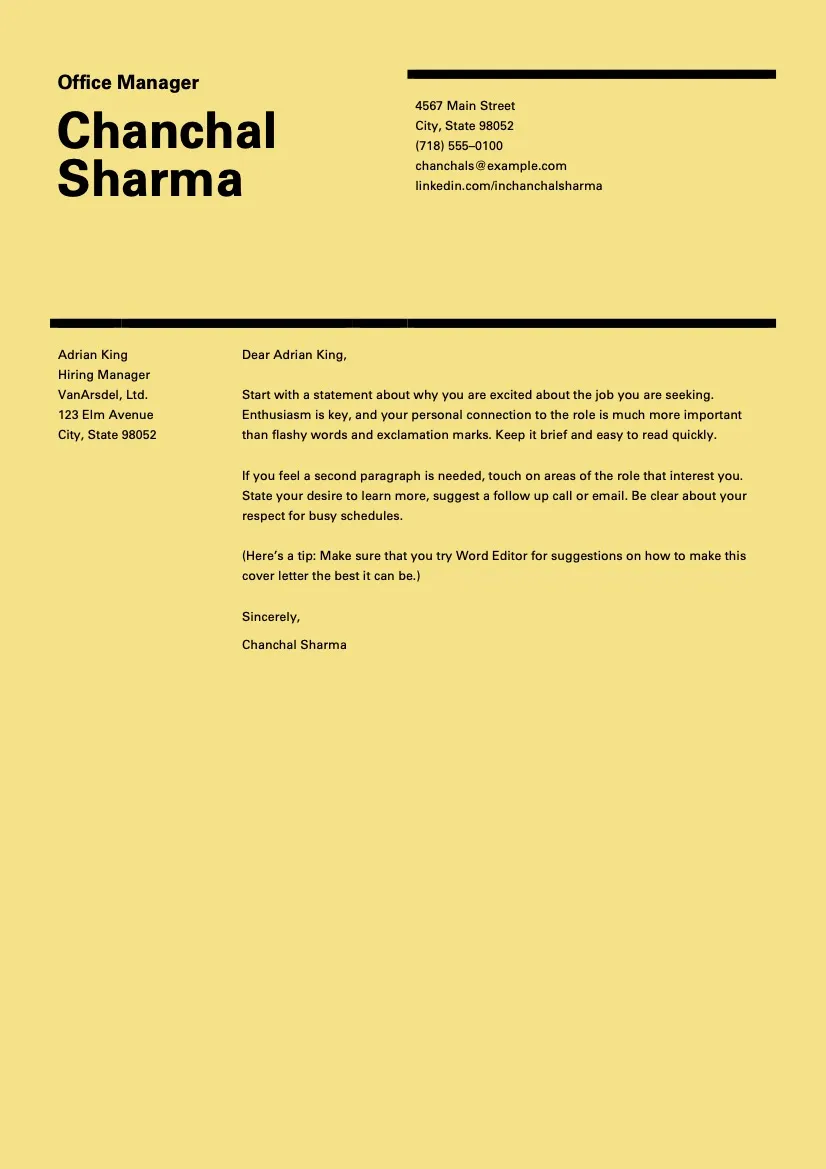
Tailoring your cover letter to each job application is crucial for demonstrating your genuine interest and suitability. Carefully review the job description and identify the key requirements, skills, and qualifications. Customize your cover letter to address these specific points, highlighting how your experience and skills align with what the employer is seeking. Use the company’s name and the specific job title, showing that you’ve researched the opportunity and are genuinely interested. Reflect the company’s values and culture in your writing style, showing that you understand their mission. Avoid using a generic cover letter; personalize it to showcase your enthusiasm for the specific role and company. By doing so, you will create a compelling narrative that will catch the attention of the hiring manager.
Common Mistakes to Avoid
Avoiding common mistakes in your cover letter will significantly improve your chances of success. Ensure you proofread thoroughly to eliminate any grammatical errors, typos, or spelling mistakes. Avoid using generic, one-size-fits-all cover letters; tailor each letter to the specific job application. Do not include irrelevant information, as it can distract the reader and dilute your message. Refrain from repeating your resume verbatim; instead, use the cover letter to provide context and expand on your experiences. Avoid unprofessional language, slang, or overly casual tones. Ensure your cover letter is clear, concise, and focused on your qualifications. By avoiding these mistakes, you can create a polished cover letter that effectively showcases your suitability for the job.
Proofreading and Editing
Proofreading and editing are vital steps in the cover letter writing process, ensuring your document is polished and professional. Carefully review your letter for any grammatical errors, spelling mistakes, and punctuation issues. Read your cover letter aloud to catch any awkward phrasing or sentence structure issues. Seek feedback from a trusted friend, family member, or career advisor to get a fresh perspective on your writing. Ensure that the tone of your cover letter is appropriate and consistent with your job application and the company’s culture. Checking all these components will ensure that your cover letter is error-free and reflects your attention to detail.
Formatting and Saving Your Cover Letter
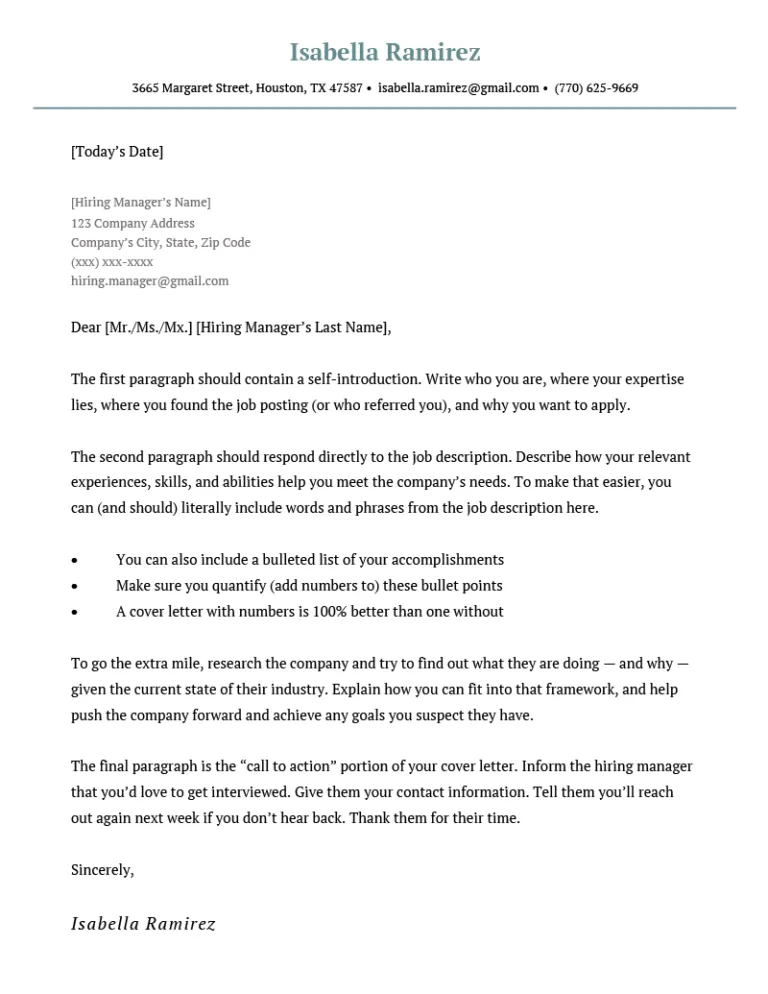
Proper formatting and saving your cover letter are essential for a professional presentation. Ensure your cover letter is formatted consistently with your resume, using the same fonts, font sizes, and margins. Choose a clear and readable font style. Save your cover letter in a professional and easily accessible file format, such as a PDF, which preserves the formatting across different devices and platforms. Name your file clearly, including your name and the job title, making it easy for the recipient to identify. Before submitting, double-check that your contact information is accurate and up-to-date. Ensure that the file is free of any errors and is ready to send. Correct formatting and saving will help you make a positive impression on the hiring manager.
Choosing the Right File Format
Selecting the appropriate file format for your cover letter is crucial for ensuring that your document is displayed correctly across different devices. PDF (Portable Document Format) is generally the recommended format, as it preserves your formatting and layout, preventing any issues. This is what makes PDF a universal standard for sharing documents. Avoid using formats like DOCX or DOC unless specifically requested by the employer, as these formats may be prone to compatibility issues. When you save your cover letter as a PDF, make sure that all the text, images, and formatting elements are correctly preserved. This will show your professionalism.
Saving and Naming the Document
Properly saving and naming your cover letter file ensures it is easily identifiable and professional. Choose a clear and descriptive file name that includes your name, the job title, and the date of application. For example, use a name like ‘JaneDoe_CoverLetter_MarketingManager.pdf’. Avoid using generic file names or names with special characters or spaces, as this could create confusion or result in problems. Save the document in a location that is easily accessible. Double-check that the file name is correct and includes the proper file extension before saving. A well-named file makes your application more organized and professional, showing your attention to detail.
Delivering the Cover Letter
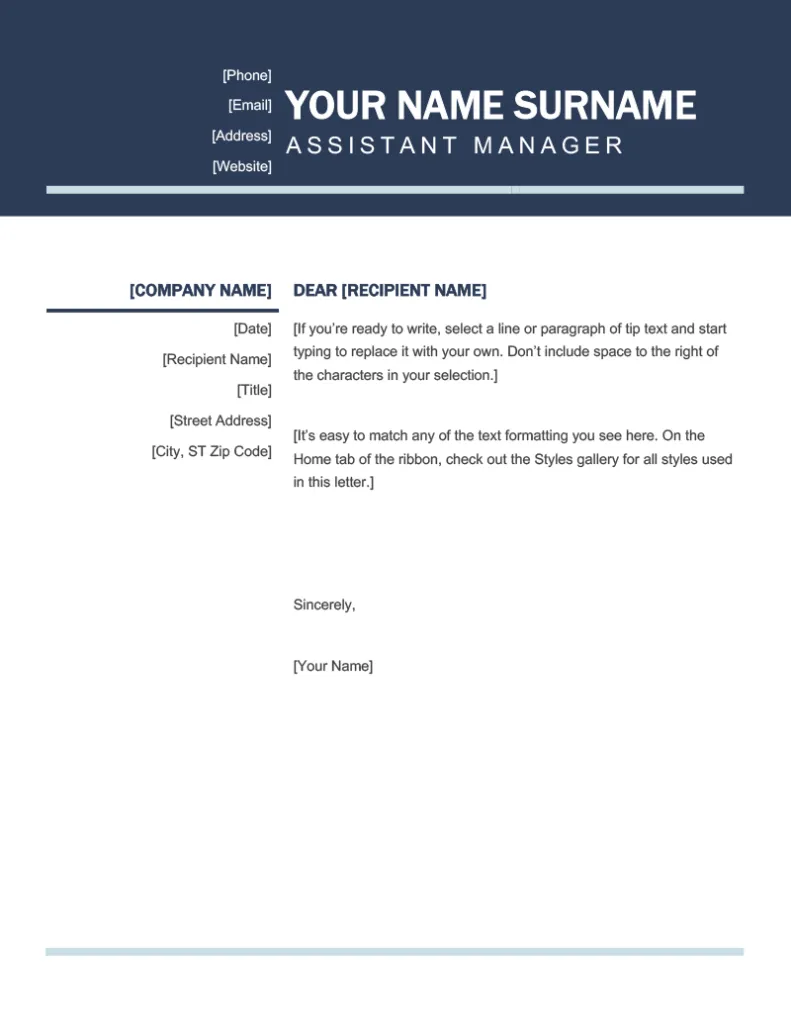
How you deliver your cover letter plays a crucial role in making a positive impression on the employer. If you’re applying through an online portal, carefully follow the instructions and guidelines provided. Ensure that you upload the correct file format (usually PDF) and that the file size is within the specified limits. If you’re sending your application via email, personalize your email by including a brief introduction and the job title. Attach your cover letter and resume as separate files, using clear and descriptive file names. Proofread your email before sending it to ensure that it’s free of errors. Following these guidelines will guarantee a professional presentation of your application.
Email Cover Letters Best Practices
When sending your cover letter via email, consider these best practices. Start with a clear and concise subject line that includes the job title. Use a professional email address, avoiding informal or unprofessional handles. In the body of your email, write a brief, personalized introduction, mentioning the job you’re applying for and expressing your enthusiasm. Briefly highlight your key qualifications and refer the reader to your attached cover letter and resume for details. Attach your cover letter and resume as separate PDF files. Proofread your email before sending to ensure it is free of errors. Sending your cover letter in this way is professional and easy for the hiring manager.
Uploading Cover Letters to Applicant Tracking Systems
Many employers use Applicant Tracking Systems (ATS) to manage applications, so it’s essential to optimize your cover letter for these systems. Follow the ATS’s specific instructions, paying attention to file format requirements. Ensure your cover letter’s content is easy to parse by the ATS, avoiding complex formatting or graphics. Use relevant keywords from the job description, but avoid keyword stuffing. Name your file clearly and descriptively. Check to see that all the information is correct and then submit it. Always proofread your cover letter before uploading it, ensuring your details are accurate. Following these guidelines will ensure your application is properly received and reviewed.
Next Steps After Submission
After submitting your cover letter, there are several important next steps. Review your application materials to ensure that everything is in order and that you have followed the instructions. Prepare for potential interviews by researching the company and the role. Follow up with the hiring manager or recruiter after a reasonable period if you haven’t heard back. Keep track of your applications, including the dates you applied and any correspondence. Continue to search for job opportunities, and adjust your cover letter and resume based on feedback. Stay optimistic and persistent, and refine your cover letter writing skills with each application. These steps will increase your chances of success.
